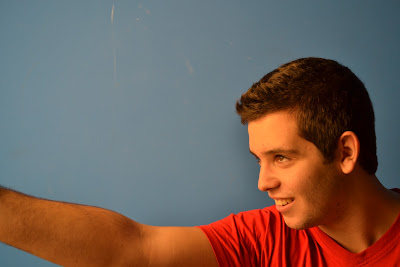Richard Avedon

Richard Avedon was born in
New York on May 15
th 1923, and died on October 1, 2004.
By the time that Richard turned twelve he had a camera in his possession already, his first would be a Kodak Box Brownie Camera. He attended
Columbia University in the late 1930’s to study philosophy. But his passion was photography and in the late thirties he went on to study photography under Alexey Brodovitch at the Design Laboratory of the New School of Social Research. His first photographic career was for the Merchant marines, taking identification photos. From there he became a photographer for what he was most well known for, Fashion. In 1945 he became a regular c
ontributor to Harper’s Bazaar, and then getting closely associated with the ever so famous Vogue magazine.

Avedon demanded that his models conveyed emotion and movement, and a difference from the normal and bland models of the time. His photographs were a departure from the motionless photography of others, he let his models tell a story through there pose or movement. Avedon used many different subjects such as celebrities, artists,
U.S. military personnel, mental patients, murderers and vagrants. He had a certain way of taking a person’s photograph that made the well known look unfamiliar. An example of this would be of the
US president Dwight Eisenhower. This extremely famous face, was supposed to look like a cheerful and hopeful person running for office, but compared to the startling contrast of Richard’s photograph of a president growing grey in his service. Avedon’s fashion photographs are characterized by a strong black and white contrast that creates and effect of a very stern or cold sophistication.
In many of his projects he manifested a sense of drama by often using a sharp white background they are typically frontal views of people, either full body or head. His photographs are completely unmistakable. The faces taken in many of his photographs completely come to life and are just as real as when you stare into a mirror. They almost stare off the page with an unflinching gaze upon there faces.
With all these factors, and greatness, it would be a shame to try to attempt to not duplicate but to have an influence of Richard Avedon. For my recreation I attempted to use a similar pose from one of his photographs which is actually a self portrait, but add on my own flair. This included a different angle, and I used certain rules which usually didn’t apply to Mr. Avedon. One of these being the rule of thirds. Overall this is not the best representation of his photographs, but I believe it is as accurate as I could have made it. There will never be another Richard Avedon, many have tried and many have failed.
 Richard Avedon was born in
Richard Avedon was born in 








